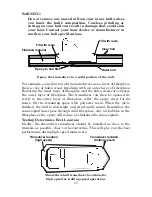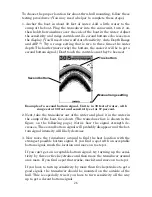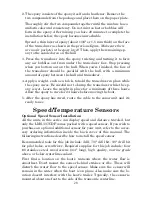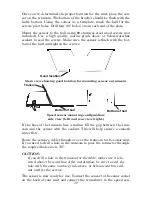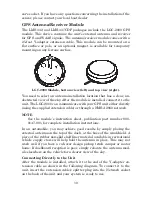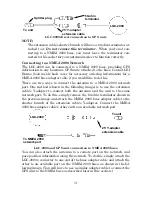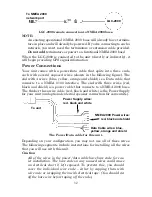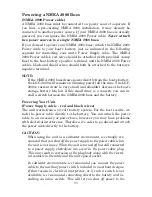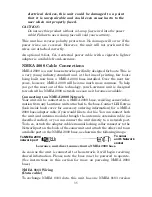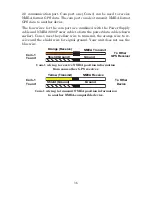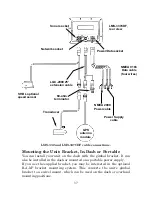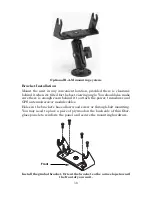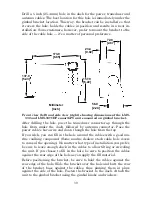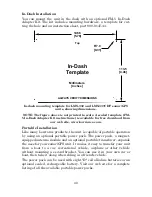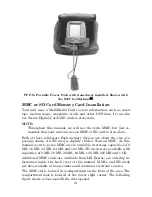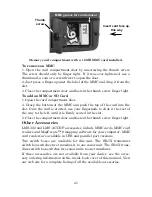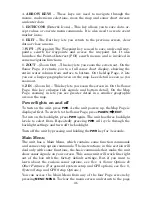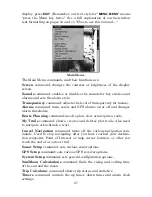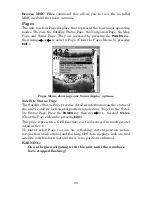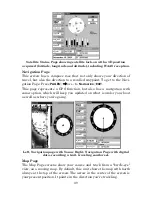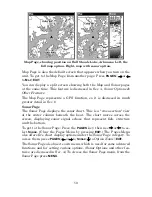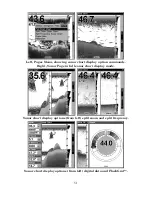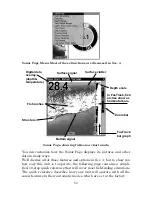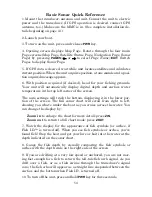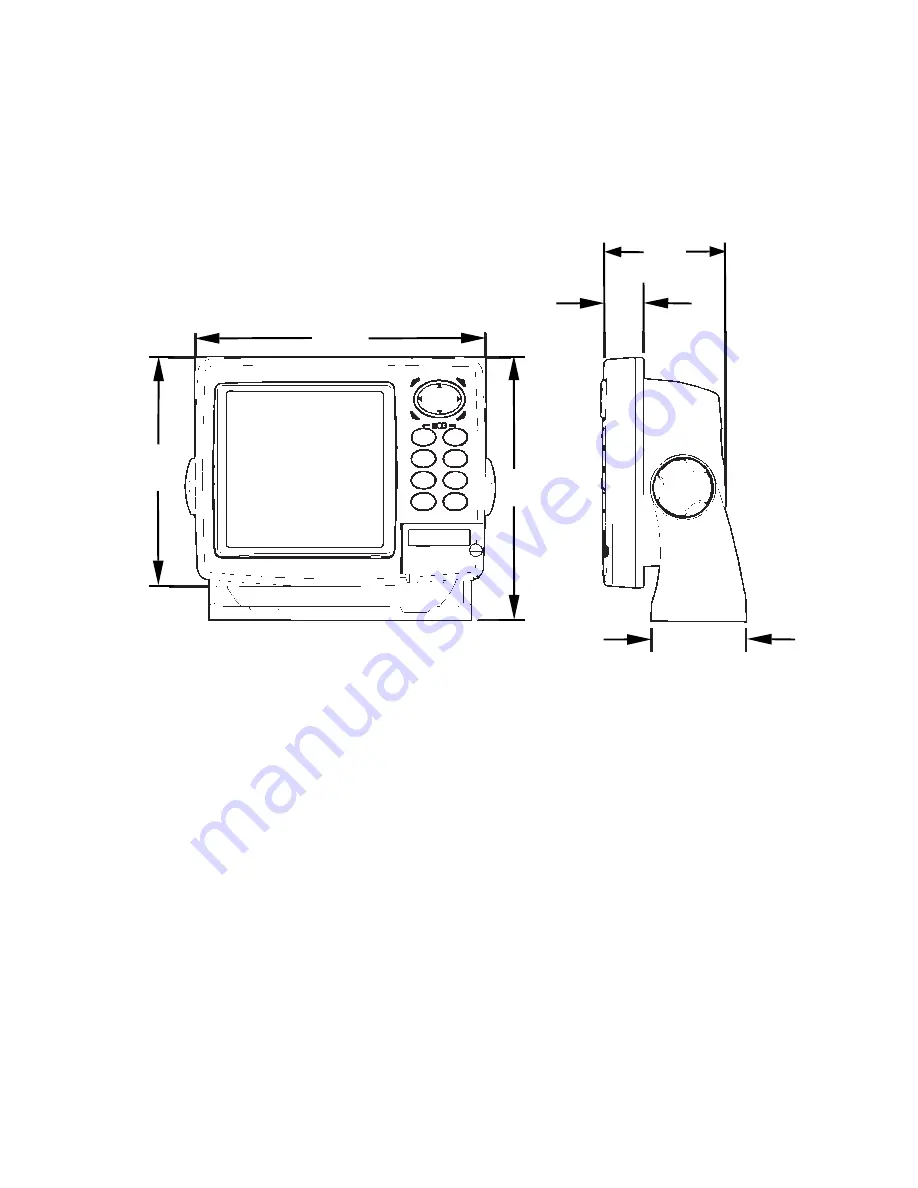
39
Drill a 1-inch (25.4 mm) hole in the dash for the power, transducer and
antenna cables. The best location for this hole is immediately under the
gimbal bracket location. This way, the bracket can be installed so that
it covers the hole, holds the cables in position and results in a neat in-
stallation. Some customers, however, prefer to mount the bracket to the
side of the cable hole — it's a matter of personal preference.
Front view (left) and side view (right) showing dimensions of the LMS-
332 and LMS-337CDF sonar/GPS units mounted on gimbal bracket.
After drilling the hole, pass the transducer connector
up
through the
hole from under the dash, followed by antenna connector. Pass the
power cable's bare-wire end
down
though the hole from the top.
If you wish, you can fill in the hole around the cables with a good ma-
rine caulking compound. (Some marine dealers stock cable hole covers
to conceal the opening.) No matter what type of installation you prefer,
be sure to leave enough slack in the cables to allow tilting or swiveling
the unit. If you choose to fill in the hole, be sure to position the cables
against the rear edge of the hole as you apply the fill material.
Before positioning the bracket, be sure to hold the cables against the
rear edge of the hole. Slide the bracket over the hole and butt the rear
of the bracket base against the cables, thus pinning them in place
against the side of the hole. Fasten the bracket to the dash. Attach the
unit to the gimbal bracket using the gimbal knobs and washers.
Millimeter
[Inch]
23.4
[0.92]
72.9
[2.87]
137.9
[5.43]
56.9
[2.24]
157.9
[6.22]
173.9
[6.85]
Summary of Contents for LMS-332C
Page 20: ...12 Notes ...
Page 52: ...44 Notes ...
Page 61: ...53 Notes ...
Page 68: ...60 Notes ...
Page 106: ...98 Notes ...
Page 110: ...102 Notes ...
Page 190: ...182 Notes ...
Page 208: ...200 Notes ...
Page 212: ...204 Notes ...
Page 213: ...205 Notes ...

